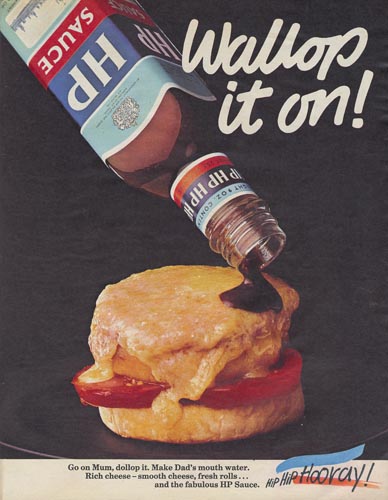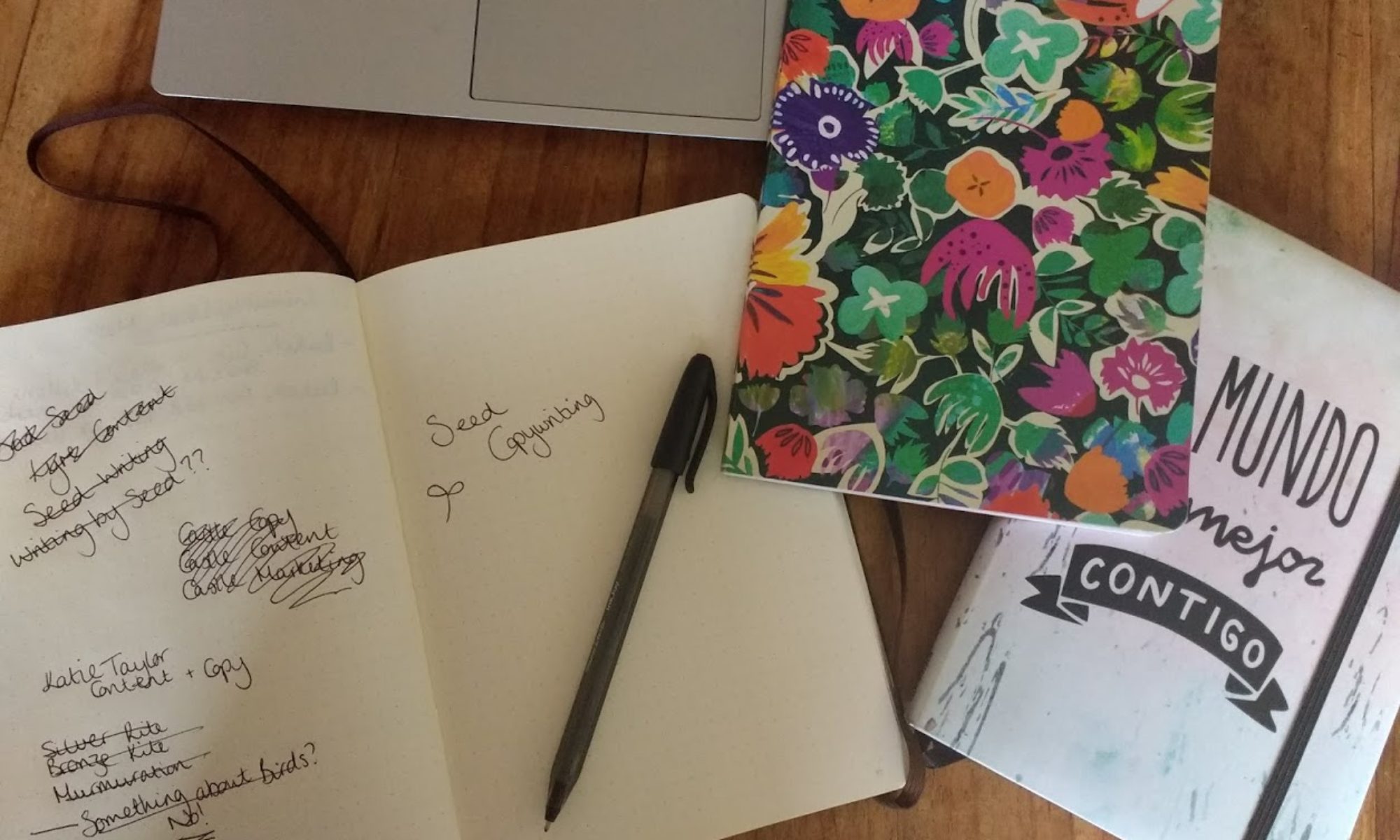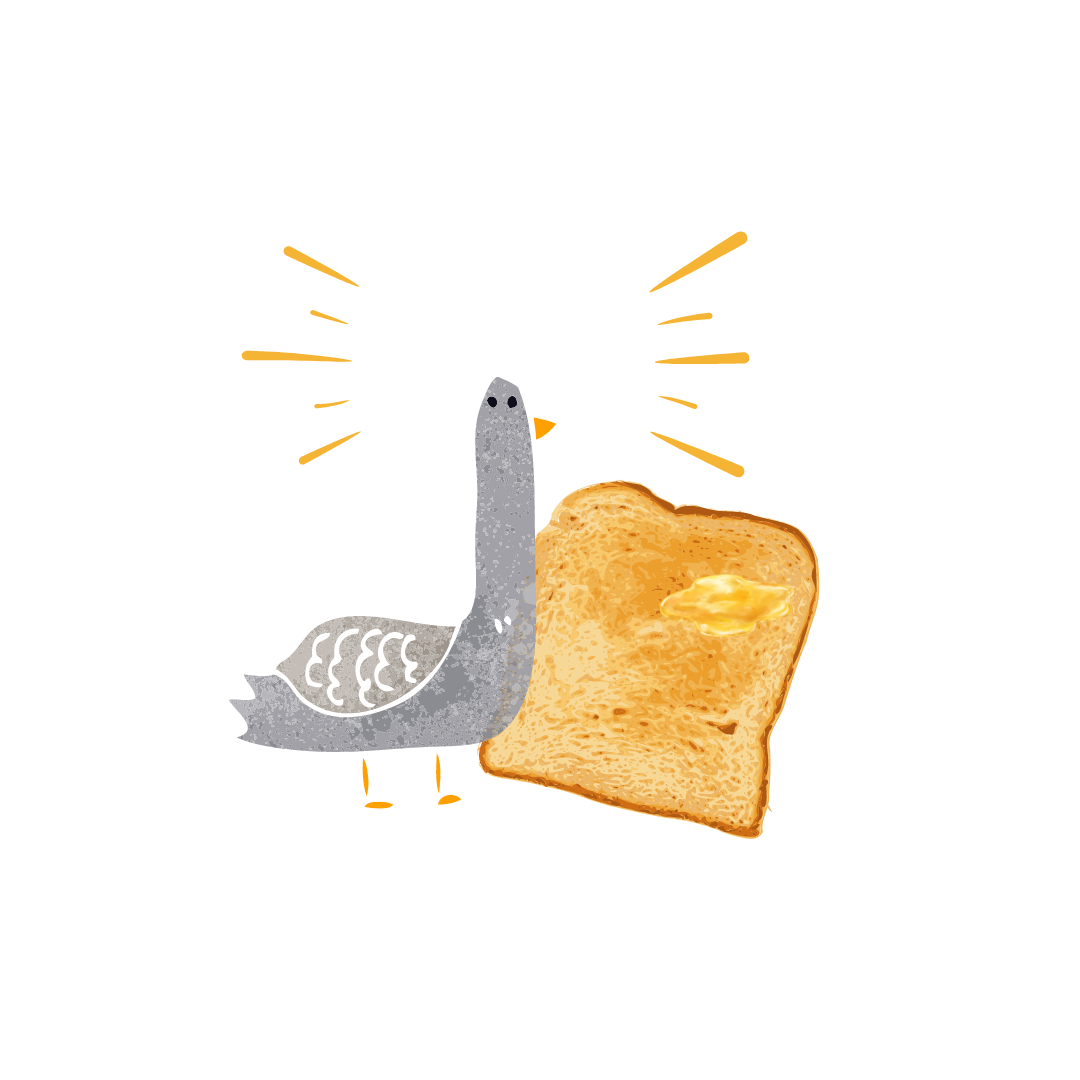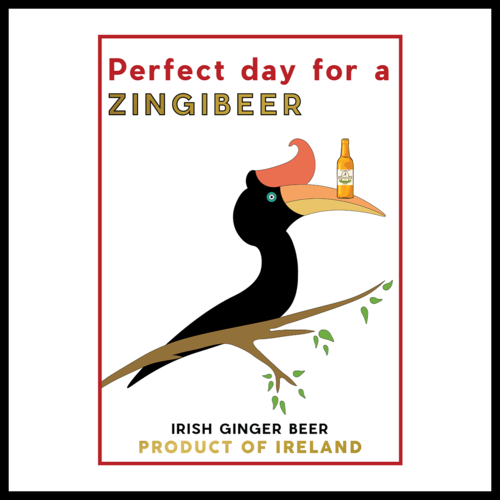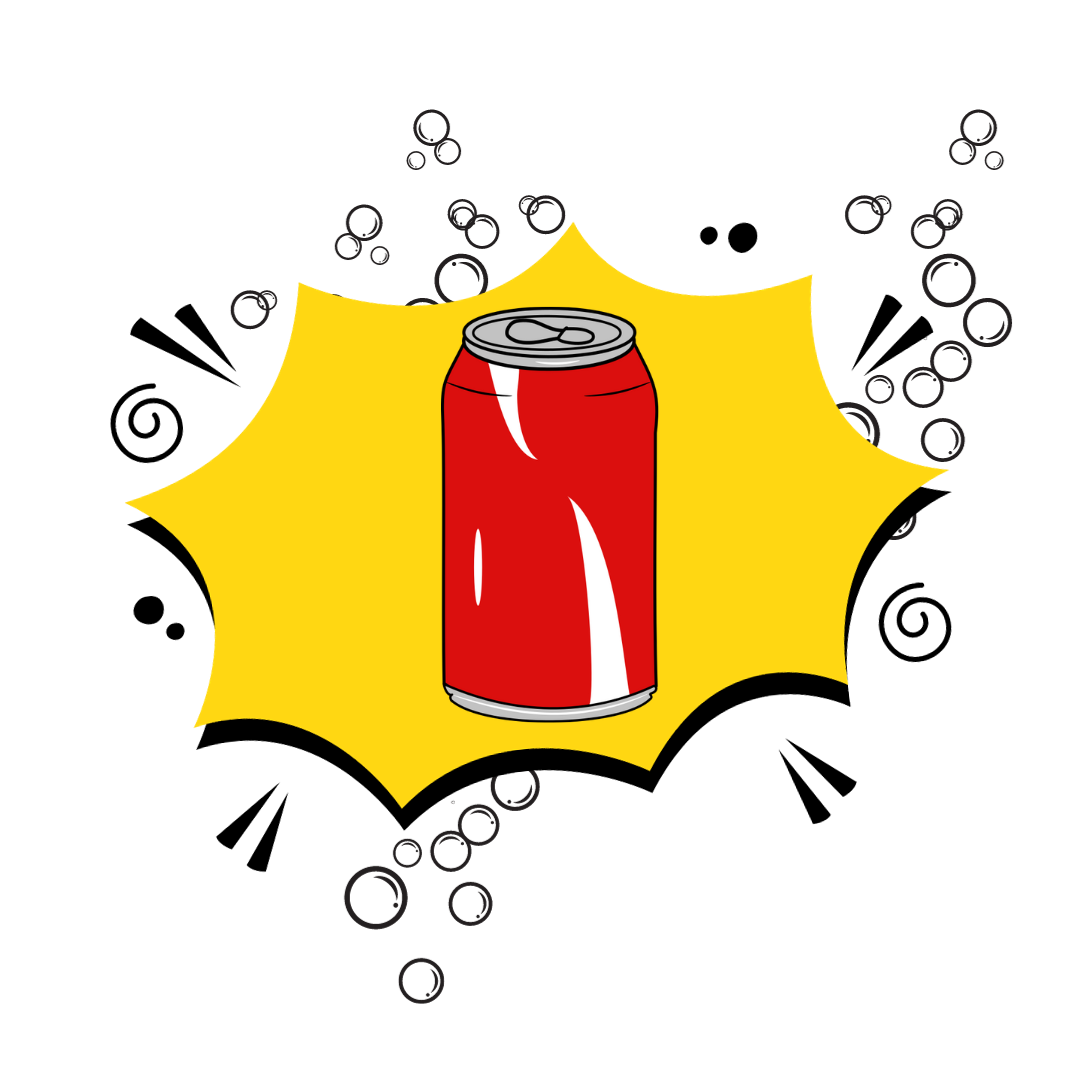A beery straight-to-Netflix Christmas film from my brain to yours.
Sydnie, our protagonist, sits at a taproom bench post-shift, white wellies and dungarees topping off her workwear look, a brown ponytail sticking out of her beige Carhartt beanie. She takes a sip of her West Coast IPA, and waits for the rest of the team to arrive to discuss the upcoming Christmas party. The wonky plastic Christmas tree by the bar drops another bauble. Decorating was never her greatest skill.
Every year, the brewery throws a community event to share out donated clothes, toiletries, and Christmas presents to the less fortunate. As well as a charity donation drive, she invites people from the local neighbourhood to stop by for food and drink, knowing that once, she was once living in poverty just half a mile away from the taproom. This year she hopes the party will be bigger and better than ever, bringing more people in from across the city, and she’s invited her friends from bigger, more famous breweries to attend to boost its profile. She’s excited about the prospect of making this event a citywide festival.
Once everybody arrives, talk moves from the beers that will be on tap and the food that’ll be served to the year ahead. The door opens and Sydnie walks over to explain that the taproom is closed. It’s the new owners, and they have a speech to make.
It’s been a slow year, and profits are not where they should be. Selling to a larger brewery co should have offered more security, but instead, it’s put Sydnie’s 10bl brewery right at the front of the executioner’s queue. With more expensive ingredients bought from local producers, and various other expenditures the other breweries in their portfolio had long since cut from their budgets, she doesn’t run a tight ship in their eyes. Rather than give her the opportunity to make cuts, they simply want her to close. Immediately.
“But what about the Christmas party?” her GM shouts. “What about the community?”
The suits don’t care. The party is money spent that they can’t afford to lose. And with that, and answering no further questions, they leave, giving the brewery just three weeks to clear up and empty the unit.
The next day, Sydnie gets a call from a local brewery owner called Brad. He has heard on the grapevine that things aren’t great, and wants to know how he can help.
“No offence, Brad, but there’s nothing you can do,” says Sydnie. “If I can’t make it work here, it’s done.”
Brad asks her to meet him for coffee and she tells him about having to cancel the community Christmas party.
“Without our yearly donations, the members of our community just wouldn’t have a Christmas,” she says.
“It’s too bad,” says Brad, drumming his tattooed fingers on the table. “I’m going to talk to as many people as I can and see what we can salvage.”
Sydnie doesn’t have much hope. Leaving the coffee shop and walking back to the brewery, she sees a shop window with a Santa Claus in it, lifting a stein up to cheers the festive season. It feels like a cruel joke.
The next couple of days are a whirlwind of activity, as Sydnie tries to organise moving out the already-donated gifts to a different location for storage and distribution, as well as finishing up her brewing schedule. Two weeks isn’t long enough to start anything new, and it’s barely long enough to complete what she’s already started. She looks sadly at her barrel project. Where will they go now? She hadn’t thought about herself until now. What will she do? Go back into lab work? This was her whole life and her dream career. How can this be happening? Walking through the city to meet a friend for a drink, she sees the beer stein Santa again, and she’s sure he winks at her.
The next day, a letter arrives at the brewery. It’s handwritten, and addressed to Sydnie.
Dear Sydnie
Please accept this gift as a thank you for all you’ve done for us over the past few years.
Yours with much love,
Firebird Brewing
Her friends at a local independent brewery had sent, not a cheque, but a USB drive, with a complete plan of how to organise the Christmas party at their place on it, complete with marketing ideas, playlists, ways she could get involved if she wanted to, and a promise to throw it for the next five years in the future too. What a load off her mind! It wasn’t going to save the brewery, but it meant that the community wasn’t going to miss out. What an incredible gift. She immediately calls the folks at Firebird to thank them, and asks them how they knew all the details to make such a thorough plan.
“Brad came over and helped us with it,” Lucy, the owner says. “It was a no-brainer. Honestly, get involved as much as you like, we don’t want to step on your toes and you can say no, but you’ve got so much to deal with right now, it’d be our pleasure to help you out and make things easier.”
The next morning before work, Sydnie walks to the beer-stein Santa again and stands in front of his sparkling window.
“What do I do?” she says out loud, as his mechanical arm lifts then drops his beer. “How do I save everyone’s jobs? What am I supposed to do?”
The door of the shop opens and a white haired and undoubtedly handsome man with small, gold-rimmed circular glasses walks out, carrying an A-board. It reads: “Mulled Wine. German Beer. Christmas Cheer.” Sydnie realised she’s never actually been in this shop before—she’d never noticed it before the Christmas display. Feeling embarrassed about being caught speaking to a mechanical Santa Claus, she turns to go.
“Wait!” says the man. She debates pretending she can’t hear him through her balaclava but then she feels a hand on her arm. “Is everything okay?”
Sydnie turns to face him and notices twinkling blue eyes with a kind crinkle, and a neatly-trimmed white moustache. Despite the snowy colour of his hair, he couldn’t be more than mid-40s. Before she can stop herself, she answers: “No. Not really. I was just talking to an animatronic fictional character.”
He smiles, and invites her into the shop. Inside, it’s a Christmas fairytale come to life. Decorated in holly and real fir trees, with traditional wooden ornaments, and fairy lights and candles on every surface, it smells like a cedar wood cabin, and cinnamon chai, and gingerbread, and marzipan. There are tables and sofas to sit at, and a mezzanine like a ski chalet with shelves of gifts and books. How could she have never noticed this place before?
She learns that his name is Klaus, and he fell in love with all things Christmas when he visited his grandparents in the Black Forest when he was a child. His dream had been to recreate that magic in the US, and when this shop came up for sale, he used part of his inheritance to set up the bar, café, and gift shop of his dreams.
“But what do you do the rest of the year?” Sydnie asks.
“I disappear,” he replies. “I go travelling.”
“All around the world,” she says. “Like Santa Claus.”
Klaus pours her a mug of mulled cherry beer, warming and spiked with orange and cloves, and she tells him more than she should about the problems at the brewery. She tells him about the community Christmas party, and she explains why she can’t figure out her next steps.
“I’m so used to working for myself,” she says, “I don’t want to go back to a big brewery team again. I love making my own beer and running a happy brew house. I love being part of the community.”
It was sad, talking through the details, because it made it real. But she was glad she had someone to talk to, even if it was a stranger.
The next weeks fly by, and as the brewery empties of its stock, it also empties of her brew family too—of course they would find new jobs, but it hurt all the same. Every goodbye was a tiny heartbreak. Then, just two days before the official closing day, it was time for the Christmas party.
How can you party when something so awful is happening to you? Sydnie put on her Christmas jumper, a Santa hat, and a smile, and heads to Firebird to join in with the festivities, hoping she can make it through without ranting, or crying, or both. There are hugs—so many hugs!—when she arrives, and a glass of festive stout is pushed into her hand by Brad.
“We hope you like what we’ve done,” he says. “But please get involved. Everyone wants to see you. You put in all the groundwork, it’s still your day.”
Being able to sit back and enjoy the atmosphere rather than being tied up in the logistics of the event is a new experience for Sydnie. It’s overwhelming, she thought, to see so many people so happy to be part of something so fun, and so important. Lucy’s decorations sparkled and glittered, and the DJ span only the most jolly Christmas party tunes. With people dancing and laughing all around her, swapping gifts and picking up donations, she decides that life goes on, no matter how damaging the setbacks.
She sees Klaus across the room before he sees her. What’s he doing here? Instead of heading towards the bar, he’s walking towards the DJ, who hands him a microphone. The music quietens then pauses, and everyone turns to look at the white haired stranger at the front of the room.
“Hello,” he says. “My name is Klaus, and I’m fairly new to this city. But I’ve learned so much about this neighbourhood and its community lately, and I’ve never lived somewhere where I felt more welcome. I opened my bar in town because of this city’s reputation for supporting independent businesses. I had no idea who I might meet. In fact, I met a wonderful, headstrong local businesswoman who, despite all her hard work and efforts, is being absolutely screwed by Big Business.”
Everybody boos.
“Lucy, can you come here a minute? Brad?”
Sydnie looks around in astonishment. What’s happening?
Lucy takes the microphone. “The community Christmas party is hugely important to everybody here,” she says. “But as you know, usually, it’s run by our friend, and yours, Sydnie West, at her brewery just across the way. What you might not know, is that Sydnie’s brewery is being shut down by its new owners. And we are appalled by that.”
Lucy hands the mic to Brad. “Sydnie, we can’t see your brewery go under like this. We have all been in our own worlds of debt and strife these past years, and we might not have been as much of an industry community lately because of that, but we know how to step up. You and your team deserve better than this. And when Klaus came to ask about the party and what he could do to help, we realised what we needed to do.”
Sydnie hopes to god they won’t ask her to go up and make a speech because there are no words left in her. The shock of it all has made her lightheaded, and she wants to sit down. Instead, Klaus takes the microphone back.
“We’ve worked out a plan,” he says. “All of us together, and your team, and we’re saving your brewery. And everyone is coming back.”
Lucy grabs the mic back. “Happy Christmas Sydnie! You deserve this! Here’s to having the Christmas Party with Sydnie next year again, and forever after that!”
The crowd cheers and claps and raises their drinks, and Sydnie downs her beer. Klaus finds her shortly and she asks him how they managed to do it.
“They only speak money,” he says, “and luckily I have that. I’ve always wanted to invest in a local business that cares about its people, and cares about Christmas as much as I do. You can make the beer for my bar, and I can have direct links with the community. This is a dream for me. I hope you don’t mind that we kept it a secret, but it wasn’t finalised until earlier today.”
“No,” says Sydnie, putting an arm around him. “But maybe we can talk about using your Christmas decorating skills around the place next year?”
THE END
(By the way if anyone wants to get me one of these bad boys for xmas I would love that)
